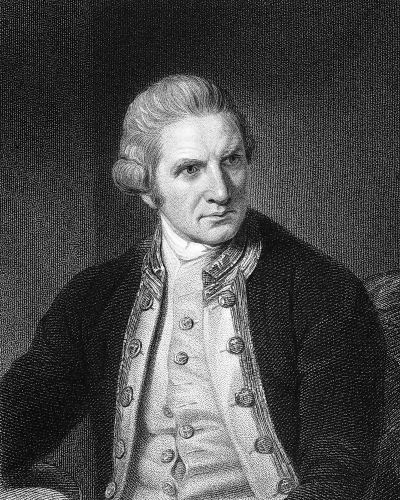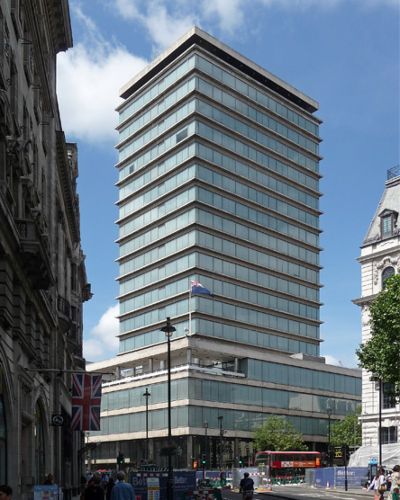The Brief History of New Zealand
New Zealand, located in the southwestern Pacific Ocean, is a land of stunning natural beauty, rich indigenous culture, and a fascinating history. The story of New Zealand is one of exploration, colonization, and the forging of a unique national identity.
The history of New Zealand can be divided into several key periods:
1. Māori Settlement (c. 1200)
The first inhabitants of New Zealand were the Māori people, who are believed to have arrived in the region around 1200 AD. They developed a distinct culture and society, with a strong connection to the land and a rich oral tradition. The Māori established tribal communities, known as iwi, and developed a unique language, Te Reo Māori.
2. European Exploration and Contact (17th-18th centuries)
European exploration of New Zealand began in the 17th century, with Dutch explorer Abel Tasman being the first European to reach the islands in 1642. However, it was not until the late 18th century that European contact increased with the visits of Captain James Cook, a British explorer, who mapped the coastline and made contact with the Māori. These encounters laid the groundwork for future European involvement in the region.

3. British Colonization (19th century)
In 1840, the Treaty of Waitangi was signed between representatives of the British Crown and Māori chiefs. This treaty established British sovereignty over New Zealand and promised protection of Māori rights and land. However, the interpretation of the treaty's terms led to conflicts and land disputes between Māori and European settlers. These tensions would persist for many years.
New Zealand became a British colony, and waves of European immigrants began arriving, establishing settlements and introducing new technologies and agricultural practices. The discovery of gold in the 1860s brought a significant influx of immigrants and economic growth to the colony.
4. Nationhood and Independence (20th century)
New Zealand's path to nationhood continued through the 20th century. The country gradually gained more autonomy from the United Kingdom and became a fully independent nation in 1947 with the passing of the Statute of Westminster Adoption Act. This act allowed New Zealand and other British Commonwealth nations to pass and amend their own laws without requiring approval from the British Parliament.
5. Contemporary New Zealand
Today, New Zealand is a sovereign nation with a vibrant multicultural society. It is known for its stunning landscapes, including fjords, mountains, and beaches, and its unique flora and fauna. The Māori culture remains an integral part of New Zealand's identity, and the Māori language is an official language of the country.
New Zealand's Relationship with the United Kingdom
Throughout its history, New Zealand has maintained a close and evolving relationship with the United Kingdom, whose capital is London. This relationship has shaped the nation's development and is reflected in various aspects of New Zealand's culture and government.
Diplomatic Relations

Diplomatic ties between New Zealand and the UK remain strong. Both countries maintain diplomatic missions in each other's capitals. The British High Commission in Wellington and the New Zealand High Commission in London are integral to fostering these diplomatic connections.
Colonial Ties
As a former British colony, New Zealand's early history was closely tied to the British Empire. The Treaty of Waitangi, signed in 1840, formalized New Zealand's status as a British territory. British law, institutions, and governance structures were introduced, and British settlers played a significant role in shaping New Zealand society and culture.
Independence and the Commonwealth
As New Zealand moved towards greater self-governance and eventually full independence, the ties with the United Kingdom persisted in the form of the British Commonwealth, a voluntary association of nations that recognize the British monarch as their symbolic head. Queen Elizabeth II remains the monarch of New Zealand to this day, and the relationship is a ceremonial one, with most political decisions being made independently by New Zealand's government.
Cultural Influences
The British influence on New Zealand culture is evident in various aspects, including language, architecture, and traditions. The English language is the predominant language in New Zealand, and British architectural styles can be seen in many historical buildings. Additionally, traditions like afternoon tea and the celebration of the Queen's Birthday demonstrate the enduring influence of British culture.
Celebrating Labour Day in New Zealand
New Zealand celebrates Labour Day on the fourth Monday in October each year. This public holiday is a time to honor the contributions of workers and the achievements of the labor movement. It provides an opportunity for people to enjoy a well-deserved break and participate in various leisure activities.
Origins of Labour Day
The origins of Labour Day in New Zealand can be traced back to the late 19th century when labor unions and workers campaigned for better working conditions, including an eight-hour workday. The movement gained momentum, and in 1890, the government of New Zealand officially recognized the day as a public holiday. This made New Zealand one of the first countries in the world to establish Labour Day as a public holiday.
Activities and Traditions
Labour Day in New Zealand is typically associated with a range of leisure activities. Many people use the day to relax with family and friends, enjoying picnics, barbecues, and outdoor excursions. It's also a popular time for outdoor sports, with people engaging in activities like hiking, cycling, and swimming. The arrival of spring adds to the festive atmosphere, and the beautiful natural landscapes of New Zealand provide the perfect backdrop for these outdoor activities.
Parades and Celebrations
Some towns and cities in New Zealand organize parades and other public events to mark Labour Day. These celebrations often feature colorful floats, music, and entertainment. It's an opportunity for workers and labor unions to come together and show solidarity. The parades may also raise awareness of current labor issues and workers' rights in New Zealand.
Reflection and Education
Labour Day is also a time for reflection on the history of the labor movement and the progress made in workers' rights. Many organizations, schools, and communities organize events and educational programs to inform people about the struggles and achievements of workers throughout New Zealand's history. It's a day to recognize the importance of fair labor practices and the ongoing need for workers' rights advocacy.
Rest and Recreation
For many New Zealanders, Labour Day is an opportunity to rest and recharge. It marks the beginning of the warmer and sunnier spring season, and it's a perfect time for outdoor activities, gardening, or simply enjoying a peaceful day in the beautiful natural surroundings that New Zealand offers. It's a day to appreciate the work-life balance and the importance of relaxation and leisure in one's life.
Conclusion
New Zealand's history is a fascinating blend of Māori heritage, European colonization, and its evolving relationship with the United Kingdom. Labour Day, celebrated in October, is a reminder of the nation's commitment to workers' rights and the importance of leisure and recreation. It's a day that brings people together to appreciate New Zealand's unique history and natural beauty while honoring the labor movement's contributions to society.